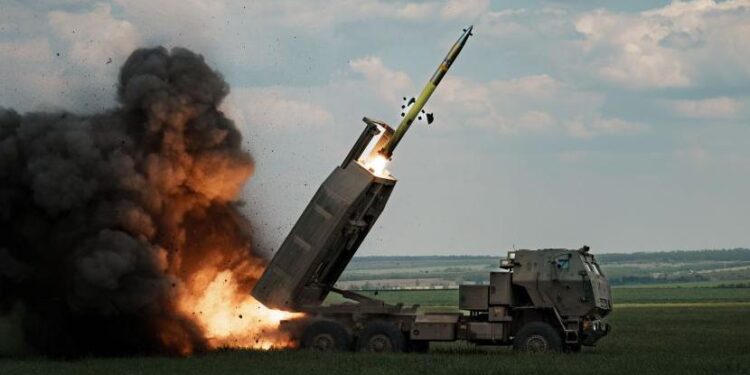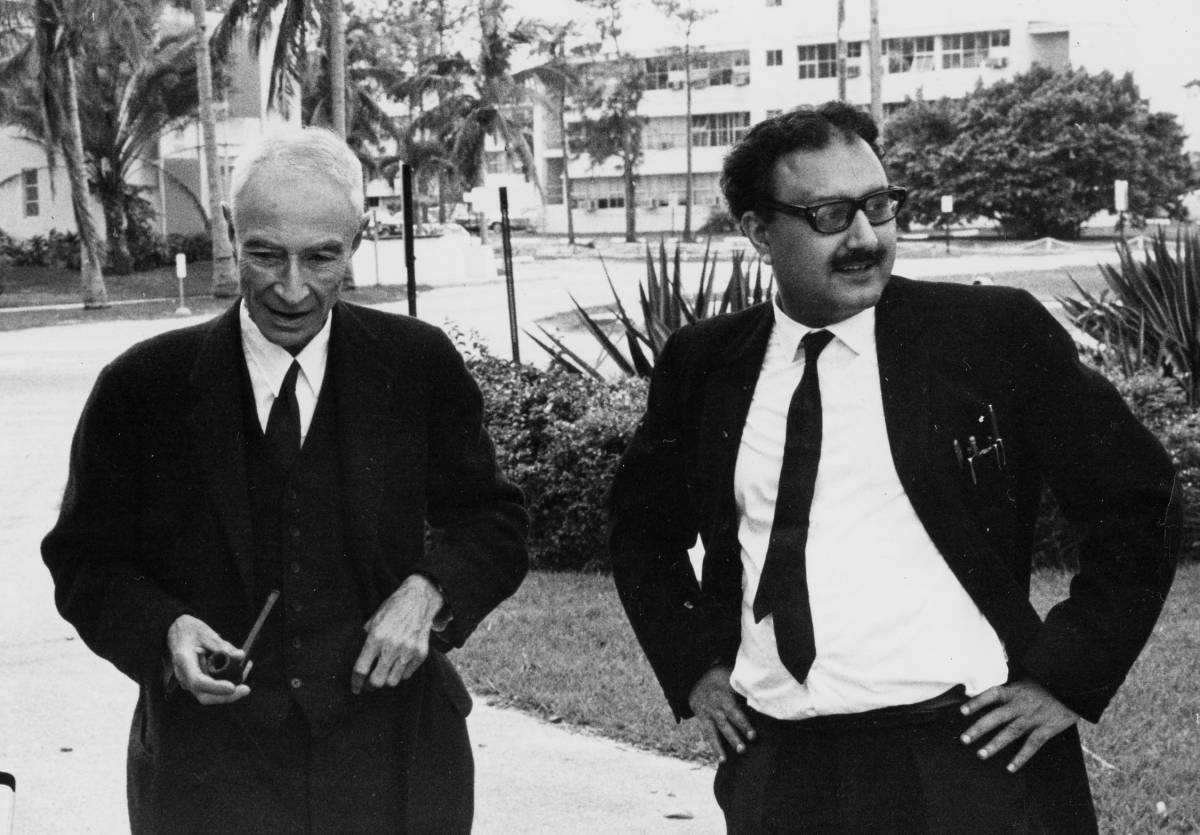Ukraine has recently begun using Western weapons to strike Russian territory, a move that may signal the first benefits of being permitted to do so by its Western allies. This development follows a series of approvals by France and Germany, who allowed Ukraine to use their weapons against Russian targets after Russia launched a new offensive against Kharkiv on 10 May. On May 30, US sources revealed that the United States was allowing Ukraine to use its weapons “for counter-fire purposes in Kharkiv.” This implies that Ukraine could only fire back at positions from which it was being attacked, rather than preemptively targeting Russian military systems and troop concentrations. The Washington-based think-tank, the Institute for the Study of War, criticized this ambiguity, suggesting it missed an opportunity to deter Russian preparations for offensive operations elsewhere in northern Ukraine.
Ukraine’s President Volodymyr Zelenskyy recently reported significant concentrations of Russian troops north of the Ukrainian city of Sumy. Ukraine’s first declared strike on Russian soil using Western weapons occurred last Friday, targeting the Kerch ferry crossing with US Army Tactical Missiles (ATACMS). The ferry crossing is on the Russian side of the Kerch Strait, far from Kharkiv, indicating a possible misunderstanding of the restrictions. Ukraine claimed the attack significantly damaged two ferries carrying military logistics. The US clarified that Ukraine was not allowed to use its 300km-range ATACMS within Russian territory but only in occupied areas like Crimea, which lies within this range from Ukrainian front lines. Subsequent strikes by Ukraine, such as the one on a Russian S-300 or S-400 air defense complex in Belgorod, using High Mobility Artillery Rocket Systems (HIMARS), appeared to adhere to these designated areas. Geolocated footage showed the destruction of two launchers and damage to a command post.
Germany has imposed similar restrictions on the use of its weapons, allowing Ukraine to defend itself against attacks from bordering Russian territories but not to strike preemptively. In contrast, the UK and France have not publicly conveyed any such limitations. Denmark’s Foreign Minister Lars Lokke Rasmussen and the Netherlands’ Defence Minister Kajsa Ollongren both stated that once F-16 fighter jets are delivered to Ukraine, there would be no restrictions on their use. Denmark is set to deliver its F-16s this summer, and the Netherlands has pledged 24 F-16s by autumn. Belgium, however, has maintained a conservative stance, with Prime Minister Alexander De Croo stating that Ukrainian use of Belgian F-16s or other weapons to target Russia would not be permitted. Belgium’s cautious approach is partly to protect its diamond trade, with Russia being the world’s largest diamond producer. The EU only managed to address this in the 12th sanctions package in December 2023, previously excluding diamond trade from sanctions due to Belgium’s influence.
Russian President Vladimir Putin has responded to the lifting of geographical restrictions on Ukrainian strikes with renewed threats, referencing Russia’s nuclear doctrine. He warned that any actions threatening Russia’s sovereignty and territorial integrity could lead to the use of all means at Moscow’s disposal, including nuclear force. Despite these tensions, US National Security spokesman John Kirby downplayed the significance of the change, noting that Ukraine had always had the capability to shoot down Russian aircraft in Russian airspace and had done so repeatedly.
On the ground, Ukraine is bolstering its defenses in response to the intensifying conflict. Ukraine’s commander-in-chief, Oleksandr Syrskii, reported sending reinforcements to the Kharkiv front, where heavy casualties are being reported. According to Ukraine’s Military Media Centre, an estimated 8,790 Russian troops were killed or wounded in the past week, alongside the destruction of 103 tanks, 177 armored combat vehicles, and 280 artillery systems. Ukraine’s use of first-person view (FPV) drones, which provide a significant advantage in identifying enemy positions, has been a critical factor in countering Russian artillery. A Russian military reporter acknowledged that Ukraine enjoys a 3-4:1 advantage in FPV drones. Ukraine’s ambitious plan to build a million FPV drones on its soil has further bolstered its capabilities. Recently, a Ukrainian drone successfully downed two Russian drones in direct combat, marking a new development in drone warfare.
Ukraine also continues to target Russian assets with domestically-built long-range drones. The Ukrainian Security Service (SBU) reported the destruction of a Nebo long-range radar system near Armyansk in Crimea, which monitored a 380km section of the southern front line. On the same day, Ukrainian drones struck an oil depot in Krasnodar Krai. Russia has retaliated by targeting Ukrainian power infrastructure. A massive strike involving 47 drones and 53 missiles was launched, with Ukraine’s air force claiming to have shot down almost all the drones and 35 of the missiles. Despite these defensive efforts, energy operators reported serious damage to two hydroelectric plants and two thermal power stations.
As the conflict continues, the international community remains focused on the evolving situation, with Ukraine’s increasing use of Western weapons to strike Russian soil marking a significant development in the war. This shift could potentially alter the dynamics on the ground, influencing the broader strategic landscape of the Russia-Ukraine conflict.
















